For centuries, a significant number of Iranian women have lacked the opportunity to express themselves in society. Due to traditions, prohibitions, and a patriarchal culture, many women in this land remain unaware of their rights and are deprived of them. It seems they do not own their minds and bodies.
The prevailing gender discrimination and existing pressures consider the presence of women in certain spaces to be prohibited, and the existence of unwritten laws creates challenges for women in many situations. These encounters often result in news that is typically not covered by official media within Iran. Today, due to the accessibility of social networks and despite internet restrictions within Iran, these news trends can be observed through unofficial media and social networks. This photography series was created to represent and reconstruct some of these news stories that illustrated the imposed situations on Iranian women in the past decade. Since my wife lives in this society as an Iranian woman, and any of these incidents could happen to her, she posed as the model in front of my camera for a staged photoshoot.
In Iranian mythological stories, the duality of good and evil is always manifested as a constant struggle between light and darkness, good and bad, and heroes and beasts. Iranian heroes, like Rostam, typically fight against beasts and devils to establish goodness in the world and protect humanity from dangers. The efforts of Iranian women to assert their rights inspired me to see them as symbols of goodness and light in the face of darkness and stagnation, and this time to search for Rostam’s story in the form of an Iranian woman.
In the Shahnameh, the concept of the evil spirit is clearly defined in opposition to Ahura Mazda and the good ones. Beasts and devils in Iranian mythology are recognized as evil and malignant beings that stand against light and goodness. They represent darkness, corruption, and wickedness. In Iranian miniature painting, beasts and devils are depicted in a very specific manner. These images often have imaginative and fantastical aspects and can effectively convey the fear and terror caused by these beings.
Beasts are usually depicted with dark colors and unconventional shapes, while heroes are designed with bright, beautiful colors and graceful movements. Creating this photography series in the form of a pop-up book allowed me to bring the hero of the story into a three-dimensional space amidst the evil elements that have been created in a two-dimensional form by Iranian miniature masters for centuries. This tale of good and evil continues.

Captions
Caption for Page One:
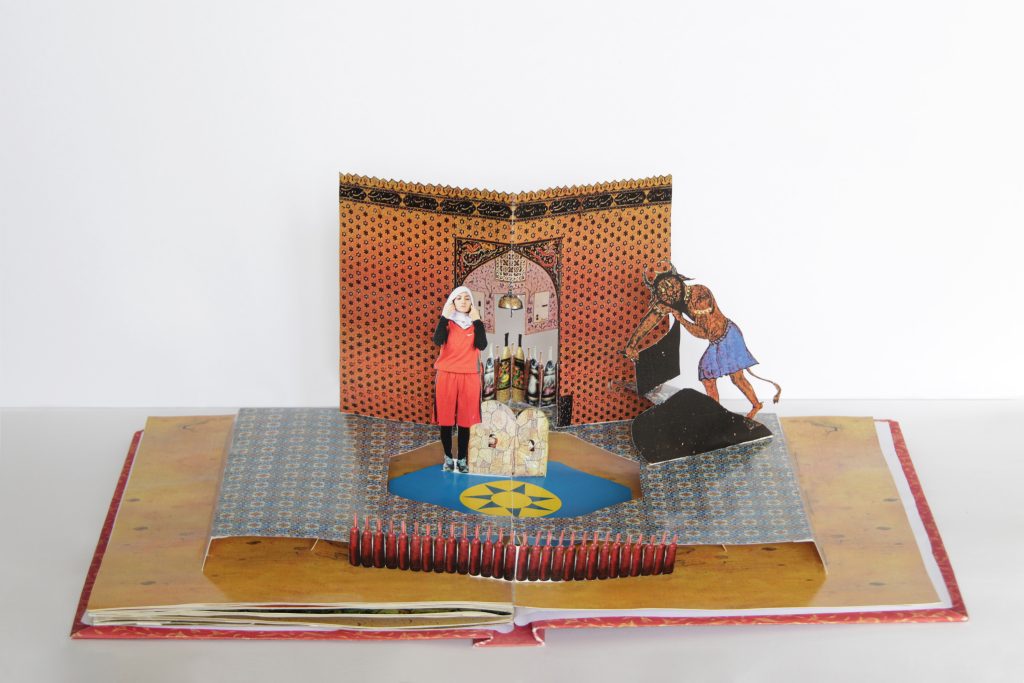
The traditional Iranian sport held in the Zurkhaneh arena is considered primarily a male-dominated sport. Women interested in this athletic discipline are always barred from entering the Zurkhaneh. The traditional and patriarchal atmosphere surrounding this sport regards the Zurkhaneh as a sacred place, considering women impure.
Additionally, Iranian women athletes are required to cover their entire bodies and hair during professional sports, with punishments and bans imposed for non-compliance. In recent years, the Islamic Republic of Iran has managed to obtain permission for women to participate in international competitions with Islamic dress codes in sports such as soccer, basketball, and taekwondo. However, female athletes in sports like swimming, wrestling, and others are not allowed to participate in international competitions.
Caption for Page Two:
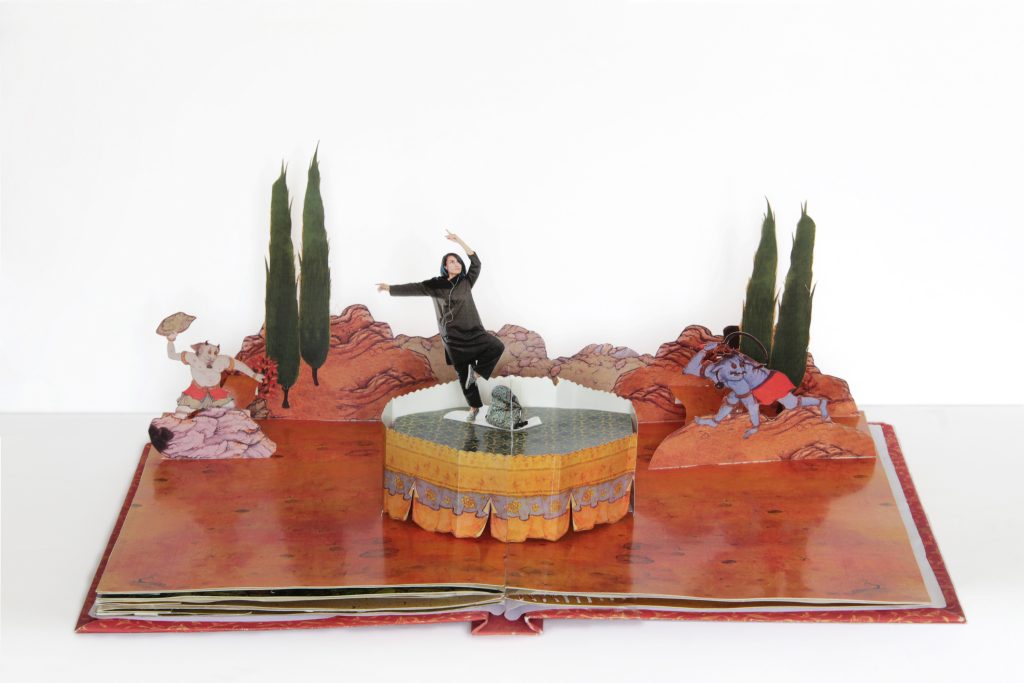
A female student named Romina was beheaded with a sickle by her father a few years ago due to a relationship with a boy. After his arrest, the father was released after a short time, as Iran’s laws consider him the legal guardian of the girl.
Caption for Page Three:
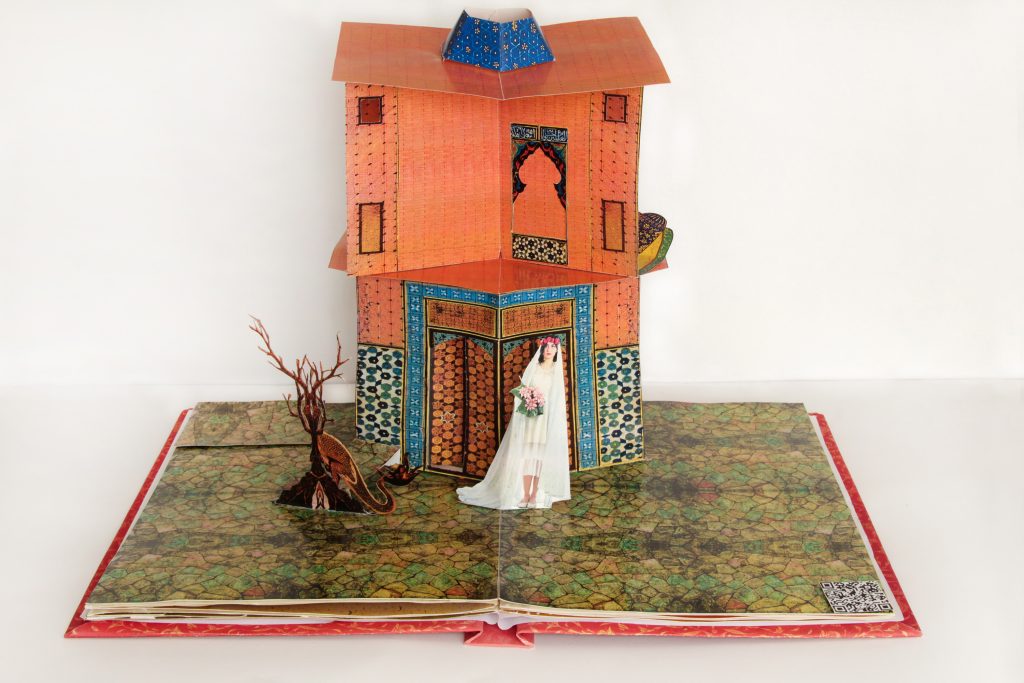
In Iran, a large number of young girls are forced into marriage each year. Child marriage is prevalent in traditional and patriarchal cultures and is also encouraged by some religious authorities. They believe that girls can marry after the age of nine when they are biologically capable of pregnancy. Child marriage is even more troubling when many of these families, due to economic hardship and cultural poverty, consent to marry off their children to much older men.
Caption for Page Four:
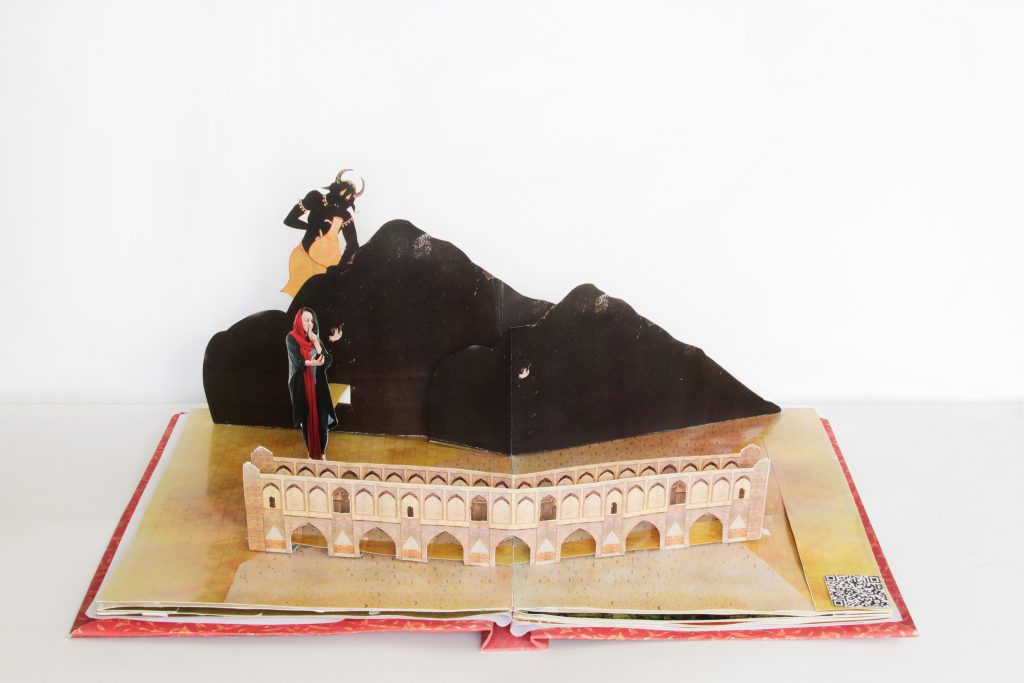
In 2014, a series of acid attacks targeted young women, burning their faces severely. These attacks, which took place in Isfahan, left nearly ten young women with severe facial burns, and many lost their eyesight as a result of the injuries. It was widely believed that the attackers aimed to instill fear and punish women they deemed ‘improperly veiled.’ When the news spread on social media, it sparked an atmosphere of terror among the public, but no individuals or groups were ever apprehended in connection with the attacks.
Caption for Page Five:
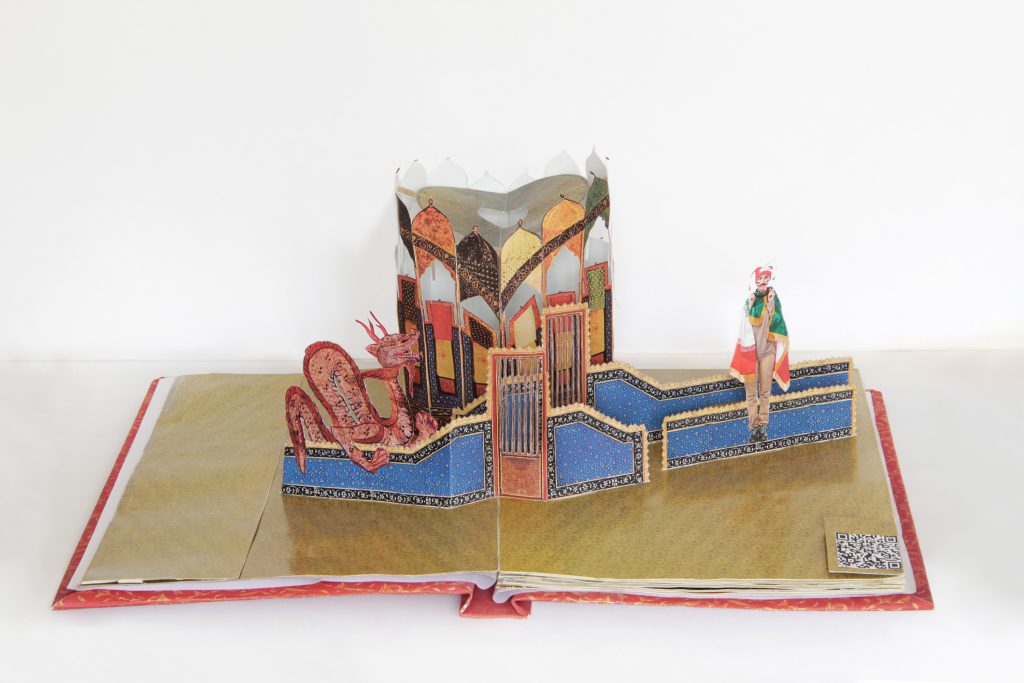
Due to opposition from religious extremists, girls in Iran were banned from attending men’s sports events. Many football enthusiasts repeatedly attempted to gain this right illegally. Some girls, disguised as men with makeup and altered clothing, managed to bypass security checkpoints to cheer on their favorite teams. Dedicated fans even went so far as to glue on beards and mustaches and tightly wrap their bodies to appear as boys.
In 2019, a young woman named Sahar Khodayari, later known as the ‘Blue Girl,’ was arrested and prosecuted after attempting to enter the stadium dressed as a boy to watch Tehran’s Esteghlal FC match. The pressures she faced in court led her to self-immolate outside the courthouse, resulting in her death. Following FIFA’s pressure to suspend Iranian football, Iranian women were finally allowed, for the first time, to attend the AFC Champions League final held at Azadi Stadium between Persepolis Tehran and Kashima Antlers Japan. Today, Iranian girls are occasionally allowed limited access to distant sections of the stadium, but often face arbitrary refusals

